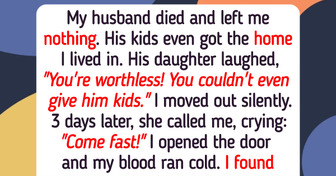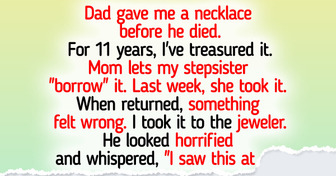I Refuse to Do Extra Unpaid Work Just Because My Coworkers Are Incompetent

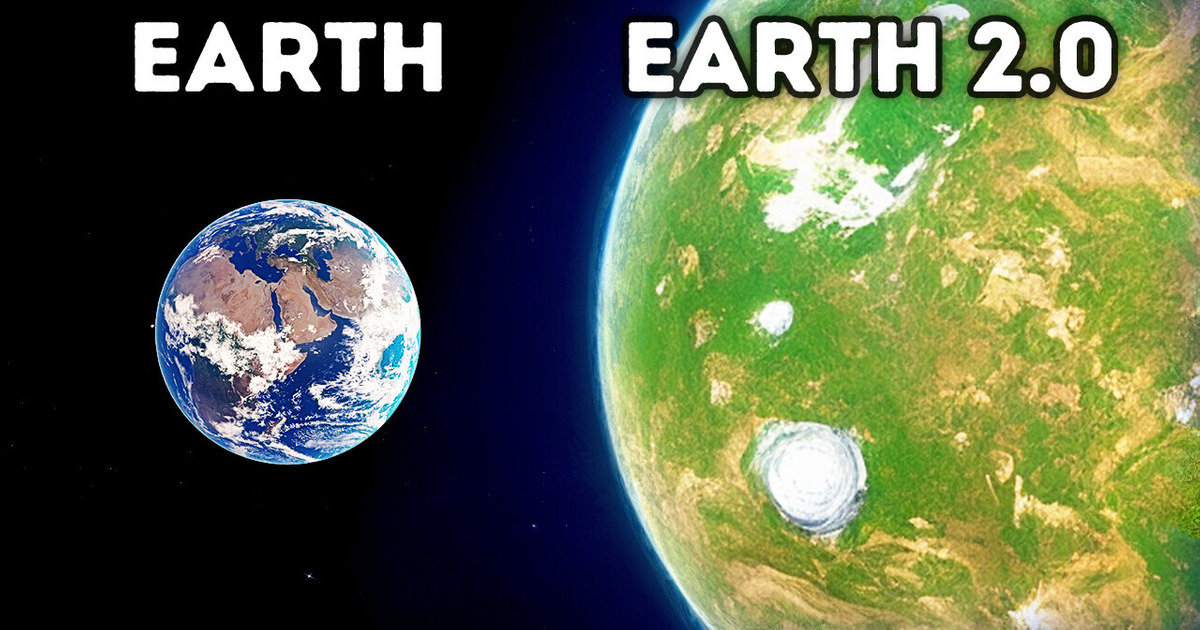
22 and 2023 have been landmark years for discovering new, fascinating worlds. Last year, NASA surpassed 5,000 confirmed exoplanets! The list is incredibly diverse. It includes rocky super-Earths, gas giants like Jupiter, “ice giants” like Neptune, and so on. And this is just the beginning. There might be more than a trillion exoplanets in our galaxy alone!
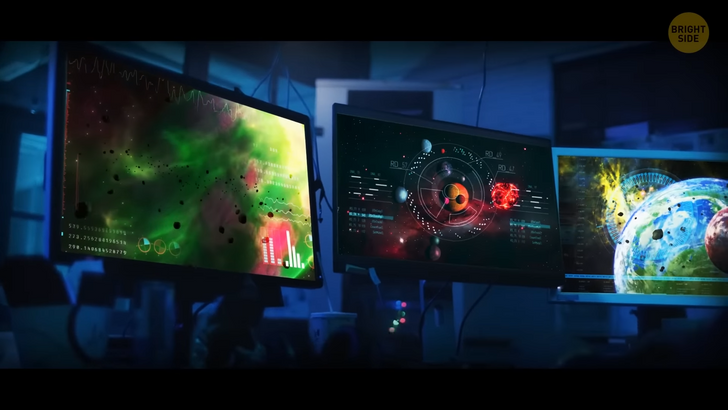
But the most important question is, how many of them are habitable? You know, for us? Are there any planets on this list that could have life on them? Or that could become a future home for us? Of course there are! And in 2022 — 2023, we found as many as 5 of them!
So, buckle up and hang on for a wild ride beyond our Solar system. The first planet on our list is Wolf 1069 b, a boring and stodgy designation. So I’ll simply nickname it “Wolfie”, because, hey, who’s going to stop me? NASA?
A new study conducted by 50 starry-eyed astronomers confirmed something awesome: this exoplanet, Wolfie [Wolf 1069 b], which is located just 31 light-years away from us, could potentially be a rocky world! In other words, theoretically it’s a habitable planet!
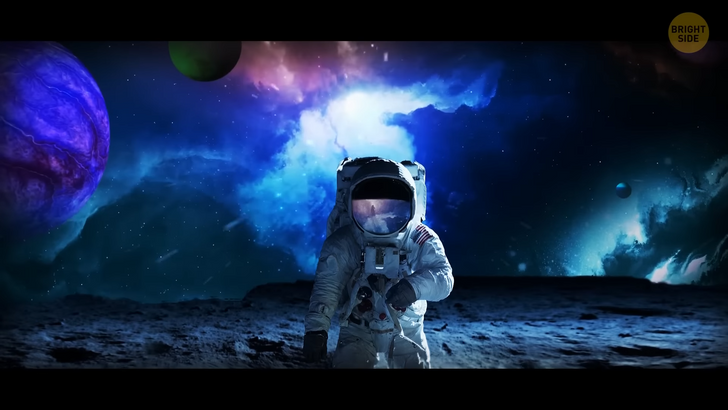
The team behind the discovery used a technique called radial velocity to detect the exoplanet. This is a way scientists study the movements of stars and planets. It’s as if when you’re playing catch with a friend, as they throw the ball to you, you can see it coming closer and closer.
That’s kind of like radial velocity. When a planet is moving towards us, it makes the star it orbits appear to be coming closer to us. When the planet is moving away from us, it also makes the star look more distant.
Scientists can use this information to figure out what the planet is doing and how big it is. And that’s how they found Wolfie. This exoplanet is estimated to be the Earth’s size, and about 1-and-a-third times the mass of our planet. It’s orbiting a red dwarf star who I’ll call Wolfie’s Momma [Wolf 1069].
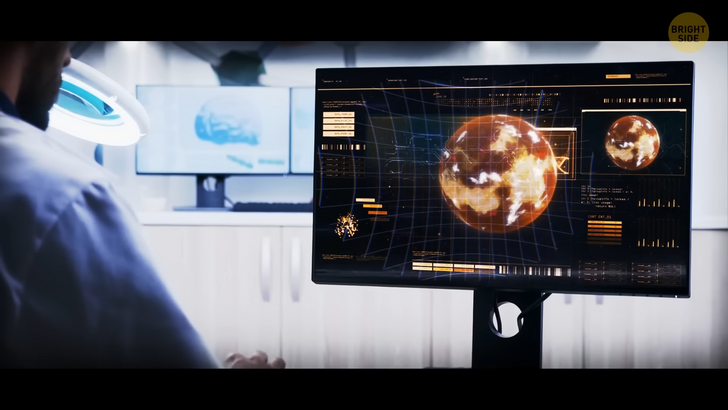
But here’s the real kicker: Wolfie orbits within its star’s habitable zone, meaning that it’s a prime candidate for liquid water to exist on its surface. That’s like hitting the exoplanetary jackpot! Ooh. Wish I had a ticket!
The study estimates that if Wolfie does have an Earth-like atmosphere, temperatures could rise as high as 55°F, which would mean liquid water could pool on the planet’s day side. But here’s the catch: the exoplanet is tidally locked to its star, meaning that the same side always faces the star. Just imagine, one side of the planet is always basked in the warmth of its star, while the other is in eternal darkness! Like middle school. Just kidding.
The team behind the discovery believes it’s a prime candidate for further studies. But we’ll probably have to wait another ten years for answers. Until then, we’ll just have to keep searching the skies with our telescopes and crossed fingers!
Next planet is TOI 700 e. Hmm, what’s a good nickname? NASA has just discovered a new planet that’s set to take the galaxy by storm (or should we say, by orbit?) — I’ll nickname it ToysWereUs [TOI 700 e]!
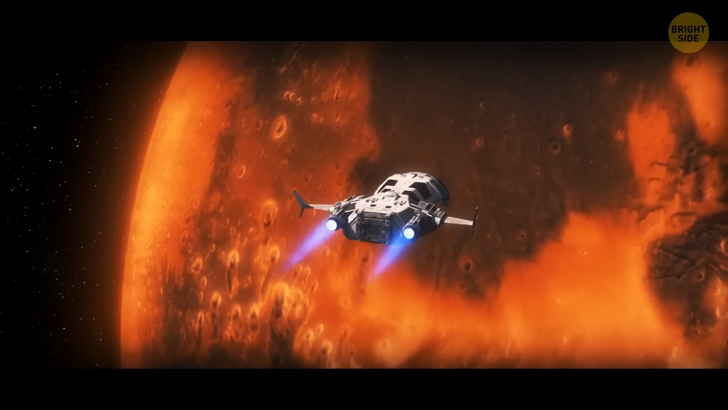
It’s almost the size of Earth, most likely has liquid water on its surface, and it’s only 100 light-years away! We’re not talking about a road trip, of course, but this is close enough in the grand scheme of things.
ToysWereUs is the fourth planet in its system, and it’s got a bit of a short orbit — just 28 days to circle its star. Well, at least you would have a birthday every month, hooray!
This time, the discovery was made using the transit method. Planets themselves are incredibly small and hard to detect. But when a planet is in front of the star, it blocks some of the light coming from it, making it look a little bit dimmer. As soon as the planet moves away, the star gets brighter again.
So, to find the planet, scientists watch very carefully to see if the star’s brightness changes. If it does, that means there’s probably a planet playing hide and seek with us. That’s how they discovered ToysWereUs.
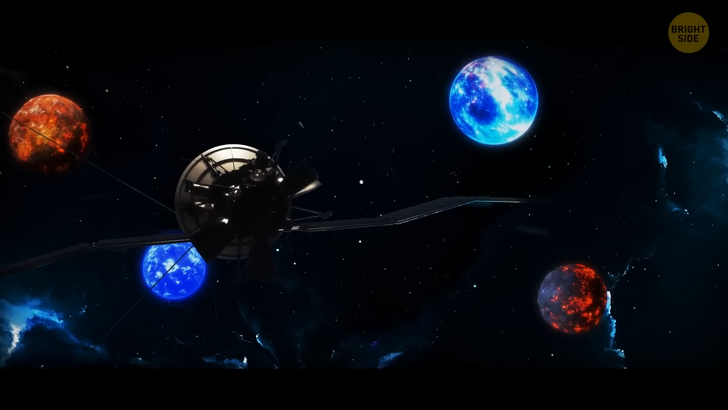
The TESS mission discovered it. It discovered 66 new exoplanets and 2,100 more candidates waiting to be confirmed. TESS has been busy creating imaging for 75% of the sky. Talk about efficiency!
ToysWereUs is located in the optimistic habitable zone, between planets c and d, but it may be tidally locked, just like Wolfie. So we might have to settle for a one-sided water world.
The discovery of ToysWereUs is a promising prospect for future follow-up observations, and it demonstrates the potential for TESS to find even smaller exoplanets in the future. Who knows, it may find a new home for humanity among the stars one day! Or at least, a new vacation spot.
Next, we have twins: GJ 1002 b and GJ 1002 c. The galaxy just got a little bit closer to us with the discovery of two exoplanets, which I’ll nickname Hansel [GJ 1002 b] and Gretel [GJ 1002 c], that are just a stone’s throw away from our Solar system!
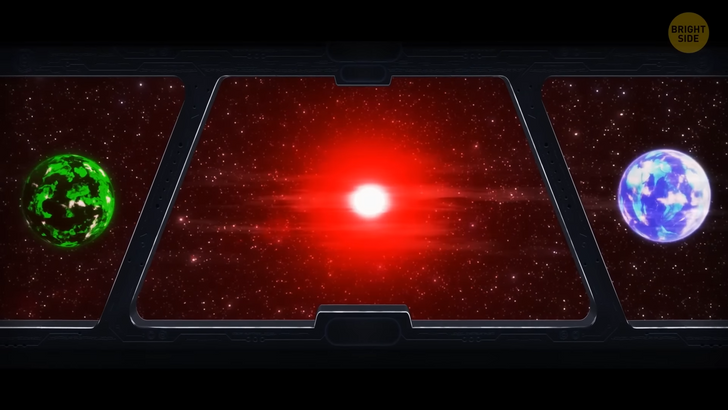
That’s right, these two Earth-like planets are located less than 16 light-years away, which is just a hop, skip, and a jump in space terms. For comparison, Proxima Centauri b is the closest Earth-mass exoplanet, at 4.2 light-years away! So these two new neighbors are among the closest to us.
They both orbit a red dwarf star with barely one-eighth the mass of the Sun. It’s quite cool and faint... But that’s okay, since both planets are very close to it. Hansel [GJ 1002 b] takes 10 days to orbit its star, while Gretel [GJ 1002 c] takes just over 21 days. Even more birthdays, I guess?
The discovery was made by an international scientific team and was no small feat. The team had to work together with two instruments, ESPRESSO and CARMENES. The result? A caffe latte? Nope. What they got were measurements so accurate, you could practically count the number of craters on the planets’ surfaces!
The big deal is, the planets are located in the habitable zone of their star and are just the right size, making them excellent candidates for future atmospheric studies.
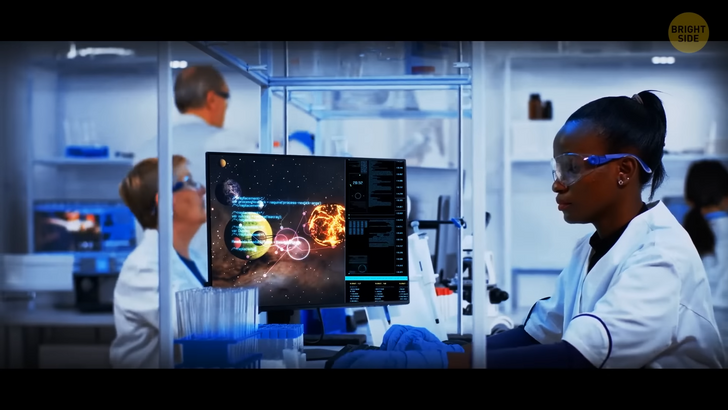
The lead author [Alejandro Suárez Mascareño] says, “Nature seems bent on showing us that Earth-like planets are very common. With these two we now know 7 in planetary systems quite near to the Sun.” Who knew our neighbors could be so friendly?
In conclusion, the discovery of Hansel and Gretel is a giant leap for humankind. So let’s all raise a glass of H2O (or whatever they drink on exoplanets) and celebrate it! The last planet on our list is LP 890-9 c. Which I’ll call Bob.
This super-Earth, located about 98 light-years away, is roughly 40% larger than our home planet. Moreover, it has a twin, which I’ll nickname Ray [LP 890-9 b], which is up to 75% larger than Earth! More space is always good, right?
The two planets orbit around the red dwarf star. Unfortunately, Ray [LP 890-9 b] is quite hot to the touch with an estimated temperature of 253°F. So don’t touch.
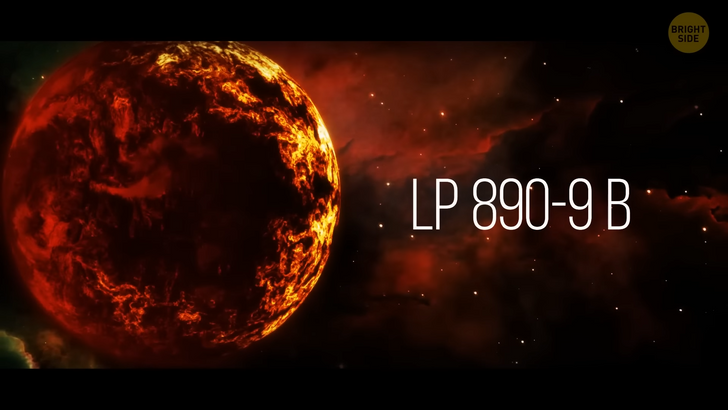
Its sibling, Bob [LP 890-9 c], is located in the habitable zone of its star, making it a prime candidate for the potential of life. But let’s remember that the actual temperature of the planets depends on their atmospheres. It’s possible that Bob [LP 890-9 c], being the outermost planet, has a runaway greenhouse effect, making it more like Venus than Earth. So, it might be too hot to be habitable after all.
But let’s not lose hope yet! The James Webb Space Telescope, launched in December 2021, is on the case. With its cutting-edge technology and powerful instruments, including spectrographs, it can peer into the atmospheres of exoplanets and reveal which ones might be habitable. So let’s see what it discovers.
This planet has been listed as “the second-most favorable habitable-zone terrestrial planet”. Now it’s on the list with 7 other Earth-like planets, all about 40 light-years away from us. Maybe they’ll become our new homes in the future! (Maybe we should fix the home we have.)
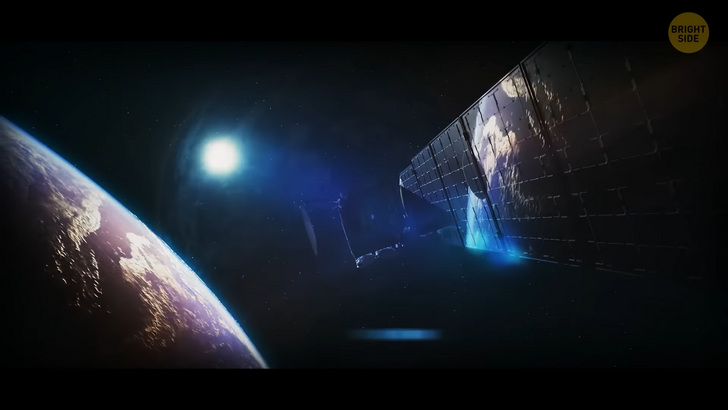
But until then, enjoy this moment and celebrate all these new discoveries. Who knows how many more planets we’ll find in the future, considering how much technology develops each year? Thousands? Millions?
Meanwhile, Bob & Ray, Hansel & Gretel, ToysWereUs, Wolfie and her momma — all will be out there, waiting for us....








